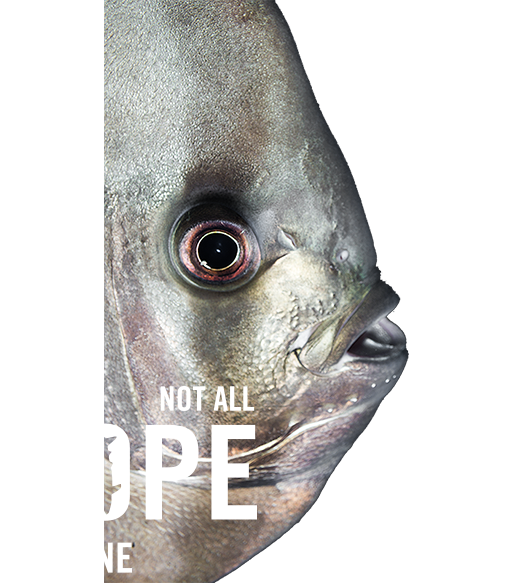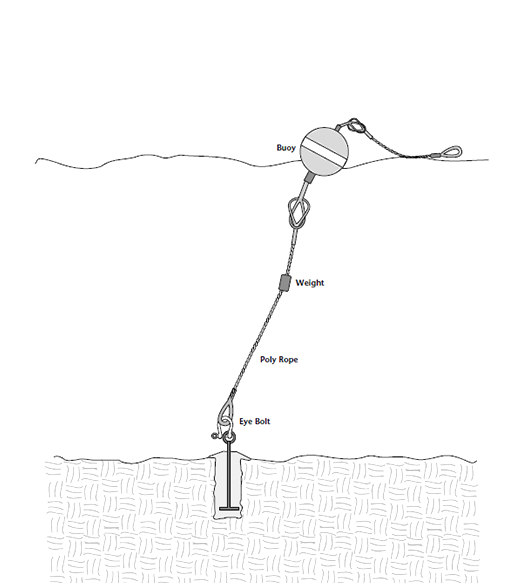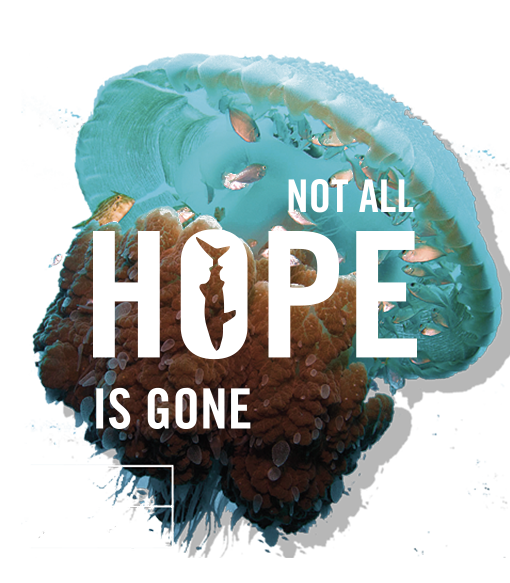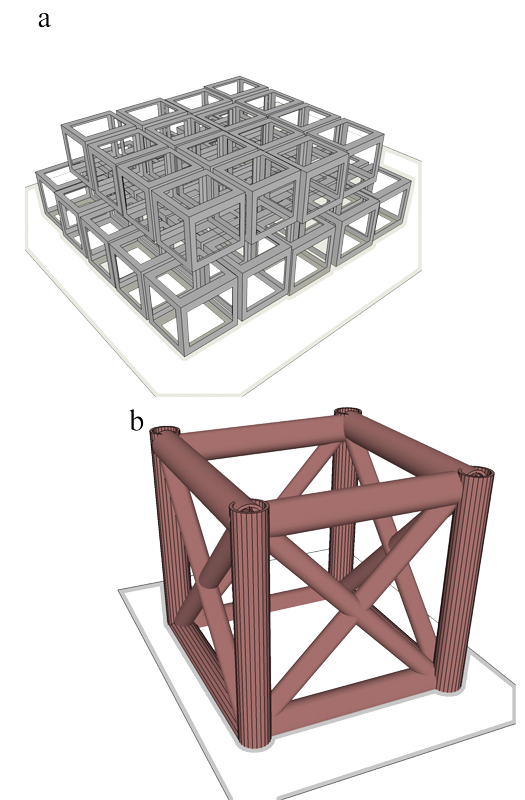Not All Hope is Gone: network of community led micro marine parks
NAHIG is our umbrella project, which ties all of our research and conservation projects together. It is, admittedly, a rather preposterous idea. We’re currently unable to finance, or even fully staff the project, but we believe that the plan has potential. We are looking for help, if you or your organisation is able to do so, please get in touch.
Aim
- To create a connected system of community managed micro marine parks, consisting of ‘peculiar pinnacles’
- To provide alternative fishing locations, for the local key community
- To connect the two major MPAs in the Gulf of Thailand, with a ‘Whale Shark Super Highway’
Methods
- Investigate differences in fish assemblage, abundance and biodiversity between pinnacles and local reefs
- Investigate substrate diversity
- Public education programs to raise awareness and acceptance locally
- Political campaigning
- Recruitment of local, volunteer rangers
Artificial Reef Systems
Coral reefs are biodiversity hotspots which provide many goods and services to communities that depend on them. Today, 75% of them are considered threatened, with 20% of them beyond repair. Since a great part of the global fisheries depend on reef associated fishes, measures to mitigate this situation have become very urgent. Artificial reef systems and Fish Aggregating Devices (FADs) have the potential to propagate corals and increase fish stocks, but research and testing is still in it’s infancy.
Aim
- Install and maintain FAD and Artificial Reef Systems to propagate corals, and increase commercially viable fish abundance
- Research effectiveness
- Promote structures as alternative fishing ground to key communities
Method
- Investigate Coral Growth
- Observe change in fish stock
- Investigate acceptance by local fishermen
Coral Restoration
Coral reefs are a complex habitat in which many different organisms occupy. Our research has shown a massive decline in live coral cover in key locations on Koh Phangan, Thailand. The current ecosystem is dominated by massive, resistant corals like Porites spp., whereas branching, resilient species like Acropora spp. are nearly extinct. Luckily, Acropora has been shown to grow well in in-situ nurseries.
Aim
- To test suitable methods and substrates for Acropora and Pocillopora propagation
- To transplant successfully grown colonies back into the reef
Method
- Testing various nursery structures
- Testing attachment methods
Coral Nurseries

Moorings

Bring Back the Buoys
Anchors, if dropped on live reef, can wreak considerable havoc on it’s inhabitants. We have observed countless incidents with boats and reefs, and surprisingly also with ropes attached to the reef for divers.
Aim
- To install a chain of mooring buoys in key locations, making anchor usage redundant
- To install permanent student diver buoys in key locations
Method
- Installing buoys in key locations
- Educating key communities on their use
Current Projects
No Results Found
The page you requested could not be found. Try refining your search, or use the navigation above to locate the post.


